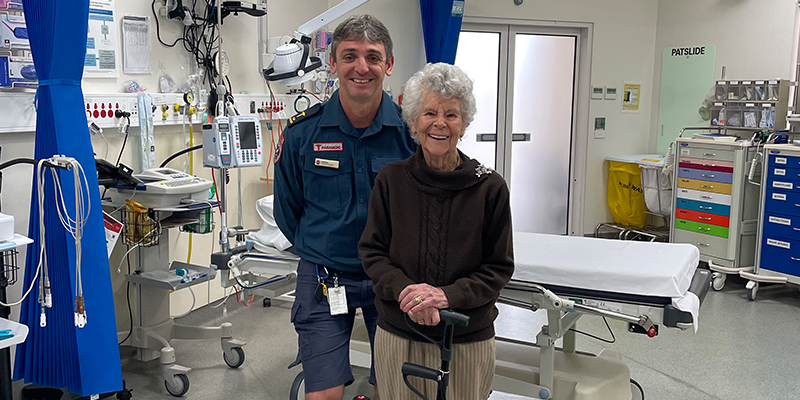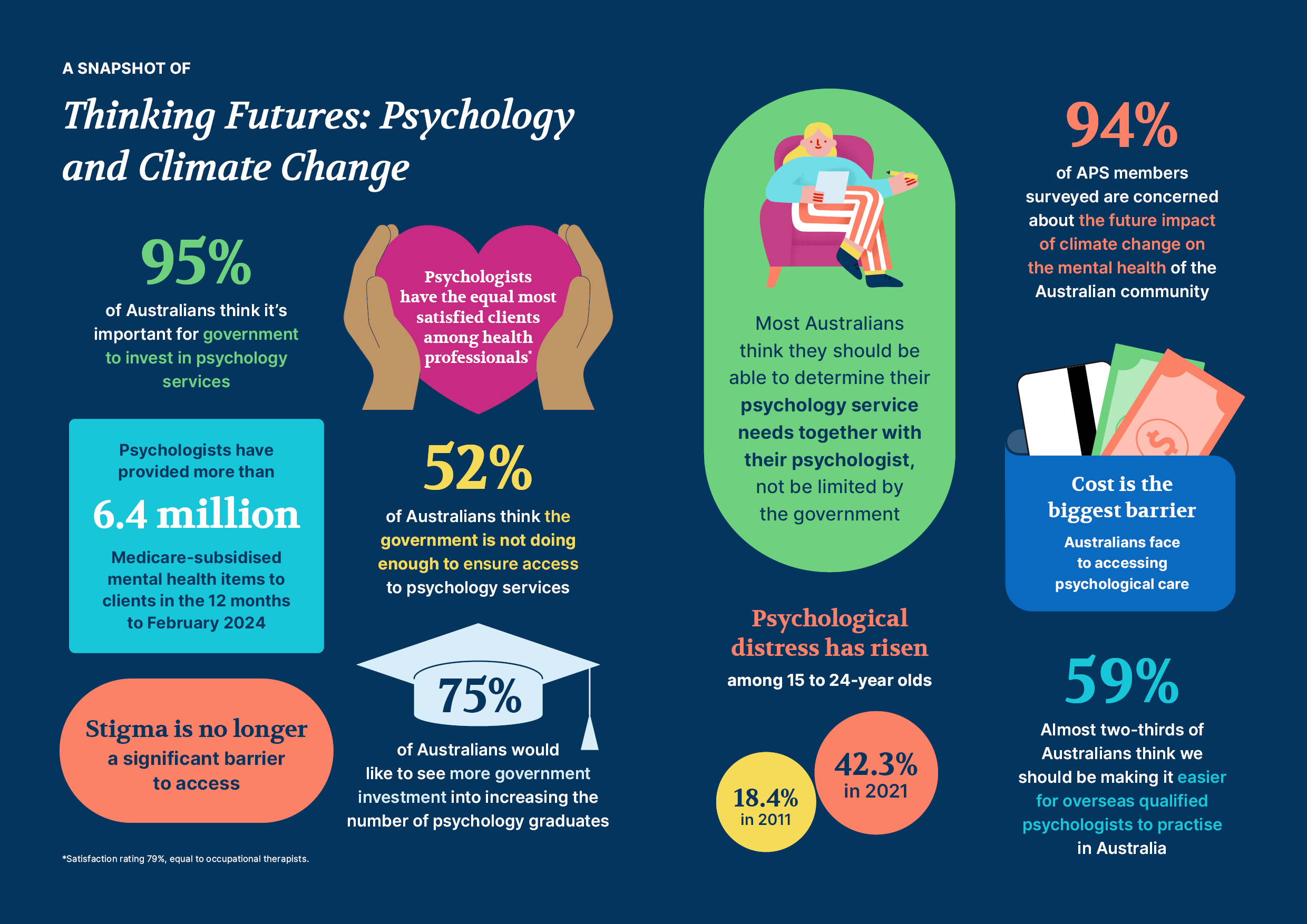Cawthron Institute’s announcement yesterday that they have been awarded $3 million to investigate the potential of the red seaweed Karengo and the micro algae Chlorella as protein sources is just another in the long list of entrepreneurial endeavours going on in New Zealand at present, most by seafood companies seeking diversity.
Dr Tom Wheeler, who is the lead scientist of the Cawthron research project, says the world is looking for alternatives to meat and dairy for protein and they know both Karengo and Chlorella have high protein content. The trick will be finding out how to extract it and realise their nutritious potential.
He says seaweed is set to be the third pillar of aquaculture in New Zealand alongside finfish and shellfish.
Further north, in the Coromandel, Undaria, a pest on mussel lines, is being harvested off the mussel barges and made into high-end food products for the restaurant trade and ironically, being exported back to the country it originated from, Japan. It was accidentally introduced to New Zealand in the late 1980s. Since its introduction, it has established itself in every major port throughout the country, easily settling on any natural or artificial surface.
Wakame Fresh blanches and brines the seaweed turning the invasive pest from slimy brown to emerald green gold, which is highly prized by chefs.
Seaweed has been utilised throughout the world for centuries and, according to the FAO, was until recently only considered as a food source for coastal communities but now has much wider uses.
The industry globally was worth six billion USD last year, which is 12 million tonnes harvested a year.
World production doubled between 2005 and 2015 and it shows no sign of slowing, however most of that growth is in farmed algae, not wild.
The FAO cites contamination of waters as the main reason for the dominance of farmed seaweed, and according to New Zealand harvesters that is the reason some of the more traditional seaweed harvesting countries, such as Japan, are turning to the wild harvests of New Zealand for their supply.
Because wild-grown seaweed naturally occurs in an aquaculture environment there is much excitement in the aquaculture industry in the future of seaweed production.
Most exciting is in the potential of Asparagopsis armata which as a livestock supplement solution could reduce ruminant methane emissions by up to 90 percent. An aquaculture start-up company CH4 Global is spending $4.45 million to upscale commercial marine and tank-based seaweed cultivation pilots at Stewart Island.
The production of seaweed is also at the centre of a global movement. Just this year GreenWave, a pioneer of regenerative ocean farming involving the co-culture of seaweed and different shellfish species, launched in New Zealand. It has the potential to contribute to the restoration of damaged marine environments and establish New Zealand’s first commercial seaweed farm.
GreenWave NZ’s pilot stage will consist of farming native brown kelp, at two locations in the Hauraki Gulf.
The $3 million granted to Cawthron was through the Ministry of Business, Innovation and Employment’s Catalyst: Strategic fund.
The predictions for global demand are on a steep upward trajectory; yet another good story from the seafood sector.
You can understand why the government would be keen to invest.








